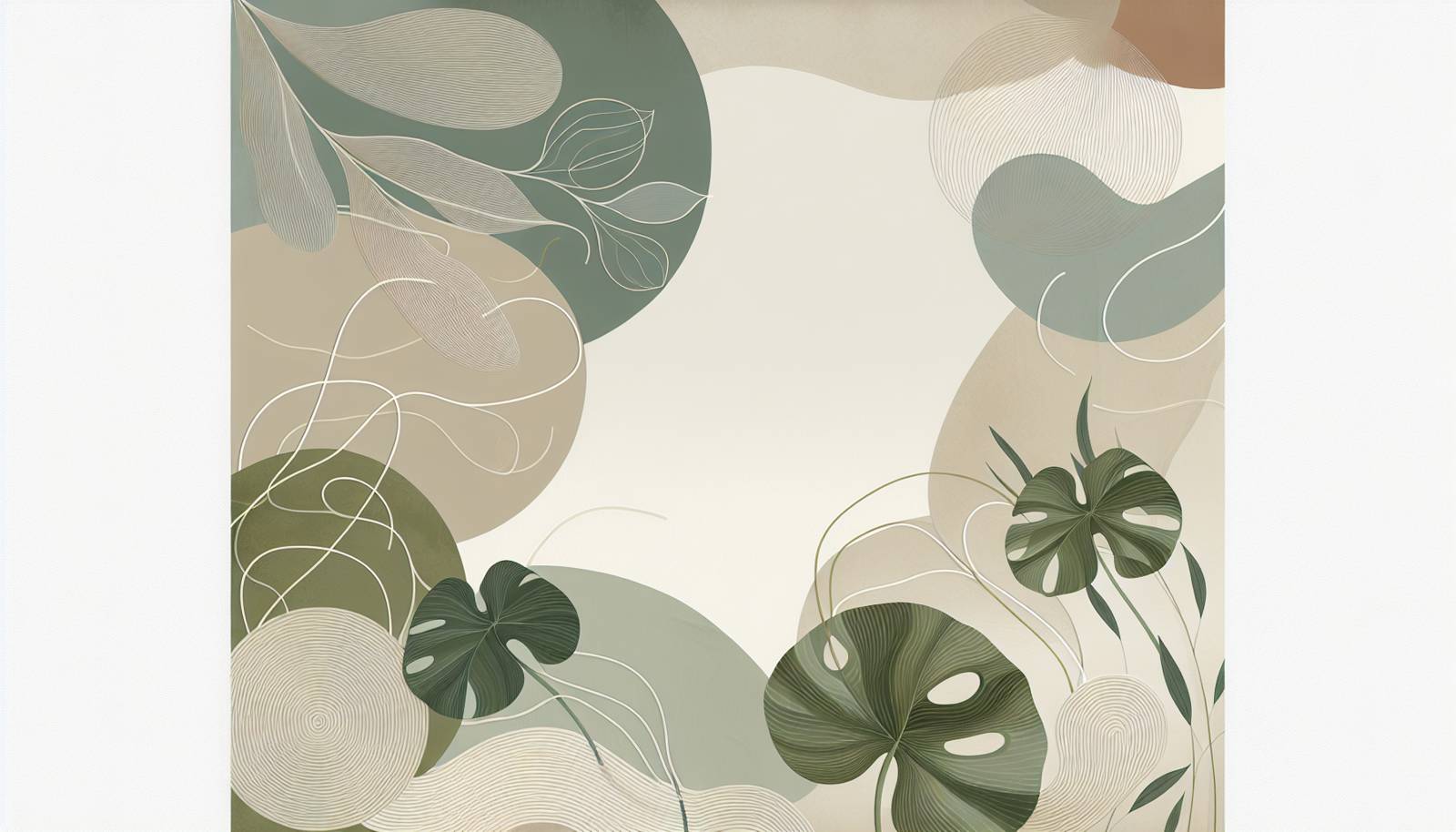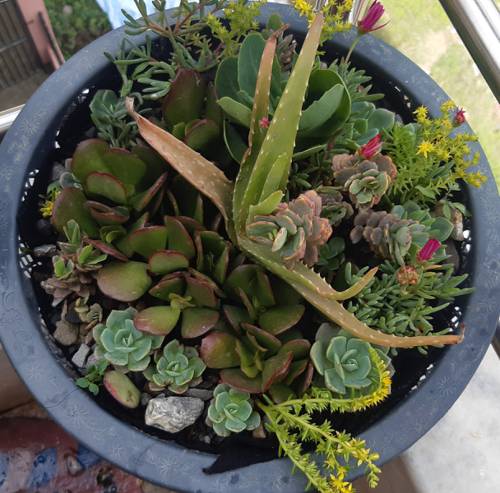
FAQ About Ethnoecology of Indoor Plants

What is ethnoecology and how does it relate to indoor plants?
Ethnoecology is the study of how different cultures and societies understand and interact with their natural environments, including plants. In the context of indoor plants, ethnoecology examines the cultural significance, traditional uses, and symbolism of these plants within various societies. This includes how different cultures have historically used indoor plants for medicinal purposes, ornamentation, spiritual rituals, or as symbols of prosperity and health.

How have indoor plants been used traditionally in different cultures?
Indoor plants have been used in various ways across cultures. For example, in Chinese culture, the jade plant is traditionally believed to attract financial prosperity and is often placed near the entrance of homes or businesses. In Mexican culture, aloe vera is not only cultivated indoors for its medicinal properties but also for its protective spiritual qualities. These traditional uses reflect the diverse roles indoor plants play in different societies.

Why do some cultures consider indoor plants important for health and well-being?
Many cultures recognize indoor plants for their health and well-being benefits. Plants like peace lilies and spider plants are known to improve indoor air quality by filtering harmful toxins. Traditional practices in diverse cultures often emphasize the use of plants to create serene environments that promote mental health, reduce stress, and provide a connection to nature, even indoors.

What are some common indoor plants with cultural significance?
Several indoor plants hold cultural significance. For instance, the peace lily is regarded in Western cultures as a symbol of peace and purity. The lucky bamboo is revered in Feng Shui practices in China for bringing luck and harmony. Similarly, the bonsai tree in Japan is not just valued for its aesthetic appeal, but also as a symbol of harmony, peace, and balance.

How does the choice of indoor plants reflect cultural values?
The choice of indoor plants can reflect a society's cultural values and beliefs. For example, evergreens like pines and ferns in some cultures symbolize longevity and resilience owing to their perennial nature. Succulents, valued for their capacity to thrive under harsh conditions, may reflect values of endurance and adaptability. These selections are often intertwined with spiritual, historical, or symbolic meanings specific to each culture.

Are there myths or legends associated with indoor plants in different cultures?
Yes, many cultures have myths or legends associated with indoor plants. For example, in ancient Greek mythology, the laurel plant is connected to the god Apollo and symbolizes victory and success. In Indian culture, the tulsi plant (holy basil) is considered sacred, believed to be the earthly manifestation of the goddess Tulsi. Such stories contribute to the cultural importance and reverence of certain plants within households.

How have indoor plants been used in traditional medicine?
Indoor plants have been widely used in traditional medicine. Aloe vera, commonly kept indoors, has been used across cultures for its healing properties, particularly in treating burns and skin conditions. The snake plant is traditionally believed in some cultures to have protective qualities and has been used in folk medicine to purify air and environment. These practices highlight the therapeutic benefits recognized in different societies.

Why are certain plants considered sacred in some cultures?
Certain plants are considered sacred in some cultures due to their association with divine qualities, religious symbolism, or mythological tales. For instance, the lavender plant is often used in religious ceremonies for its purifying properties. The Indian holy basil or tulsi is revered in Hinduism as a symbol of purity and divine protection. Sacredness often stems from a plant's medicinal qualities, historical associations, or spiritual significance within a culture.

How do indoor plants play a role in cultural rituals?
Indoor plants play significant roles in cultural rituals and ceremonies. For example, the use of marigolds in Day of the Dead altars in Mexican culture serves as a guide for spirits. The burning of sage, which often incorporates potted sage plants, is a common practice among Indigenous cultures in North America for purification and cleansing. Such rituals underscore the spiritual and cultural roles indoor plants fulfill in various traditions.

What is the symbolic importance of bonsai trees in Japanese culture?
In Japanese culture, bonsai trees symbolize harmony, peace, and balance. The art of bonsai, which involves cultivating miniature trees, is considered a meditative practice that fosters patience and reflection. Bonsai is also seen as a reflection of Japanese values of respect for nature, simplicity, and the transience of life. This makes bonsai a culturally significant indoor plant beyond its aesthetic presence.

How do cultural preferences for certain indoor plants affect global trade?
Cultural preferences for specific indoor plants can significantly influence global trade patterns. As some plants symbolize prosperity and good fortune, they see higher demand globally, such as the lucky bamboo, prevalent in Feng Shui practices across Asia. This demand impacts both the cultivation practices and the economic trends related to the plant trade, often leading to a global exchange of horticultural practices and plant varieties.

What are some examples of indoor plants used for spiritual protection?
Several indoor plants are traditionally used for spiritual protection. For instance, rosemary is believed to ward off negative energies and is often kept near entrances. Snake plants, known as mother-in-law's tongue, are thought to protect against bad spirits due to their strong, upright leaves. These plants are often integrated into households not only for their beauty but also for their supposed protective abilities.

Which indoor plants have medicinal uses and are found in various cultures?
Indoor plants like aloe vera and spider plants have been utilized for their medicinal properties across cultures. Aloe vera is admired for its soothing gel, used extensively in treating wounds and burns. Spider plants are believed to improve air quality, thereby promoting respiratory health. These plants are noted for their ease of care and the health benefits they offer, making them popular in many households globally.

How do different cultures incorporate indoor plants into their architecture and design?
Different cultures incorporate indoor plants into architecture and design in unique ways. In Mediterranean regions, hanging plants and potted trees are commonly found in courtyards to enhance aesthetic appeal and provide shade. In Southeast Asia, indoor gardens featuring bamboo and palm plants are integrated into homes to create a connection with nature. These practices not only beautify living spaces but also reflect cultural relationships with nature.

Are there any common misconceptions about the cultural use of indoor plants?
One common misconception is that all indoor plants are used solely for decoration. While aesthetic value is significant, many cultures adopt indoor plants for deeper purposes such as spiritual protection, health benefits, and as symbols of cultural heritage. Additionally, some might underestimate the significance of indoor plants in traditional medicine, where they play crucial roles in holistic health practices.

How do modern urban lifestyles impact the cultural practices of using indoor plants?
Modern urban lifestyles have both challenged and enriched traditional cultural practices involving indoor plants. As urban spaces become more confined, there is a resurgence in the popularity of indoor gardening for health and wellness. Technological advances have facilitated better plant care, allowing for the traditional uses and beliefs surrounding plants to adapt to contemporary settings. This has strengthened cultural connections even amidst urbanization.

What are the environmental benefits of keeping indoor plants, according to cultural practices?
According to various cultural practices, indoor plants offer several environmental benefits, such as improving air quality by absorbing pollutants and increasing humidity. Chinese Feng Shui, for example, involves using plants to create a balanced living environment, believed to enhance energy flow and well-being. Such practices underline the ecological and aesthetic benefits of integrating plants into indoor spaces.

How do seasonal festivals influence the choice of indoor plants in different cultures?
Seasonal festivals often dictate the choice of indoor plants, as certain plants symbolize elements specific to a festival’s themes. For example, poinsettias are popular during the Christmas season across Western cultures due to their bright red and green colors. Similarly, in Diwali, the Indian festival of lights, marigolds are frequently used in decorations for their vibrant color and auspicious significance. These plants are ingrained in cultural festivities, enhancing the celebratory atmosphere.

Can indoor plants influence the mental health benefits within cultural contexts?
Yes, indoor plants can significantly influence mental health within cultural contexts by providing a sense of peace and relaxation. Many cultures utilize plants like lavender and rosemary not only for their aroma but also for their calming effects. Indoor plants are often believed to create a peaceful environment, reduce stress, and encourage mindfulness, contributing to overall well-being as supported by cultural practices.

What role do indoor plants play in the Feng Shui practice?
In Feng Shui, indoor plants are crucial for balancing chi, or energy, within a space. Certain plants like the jade plant and lucky bamboo are specifically chosen to attract wealth, prosperity, and good fortune. Feng Shui practitioners often place plants to enhance air quality and create a harmonious living environment, emphasizing the cultural importance of plant placement for energy flow and personal well-being.
